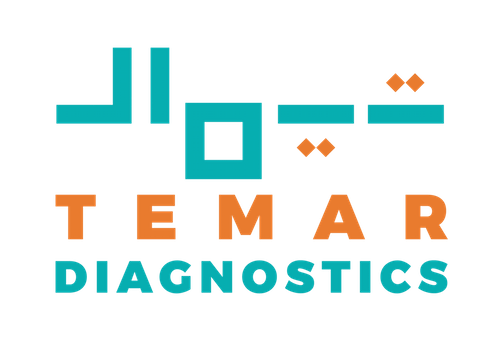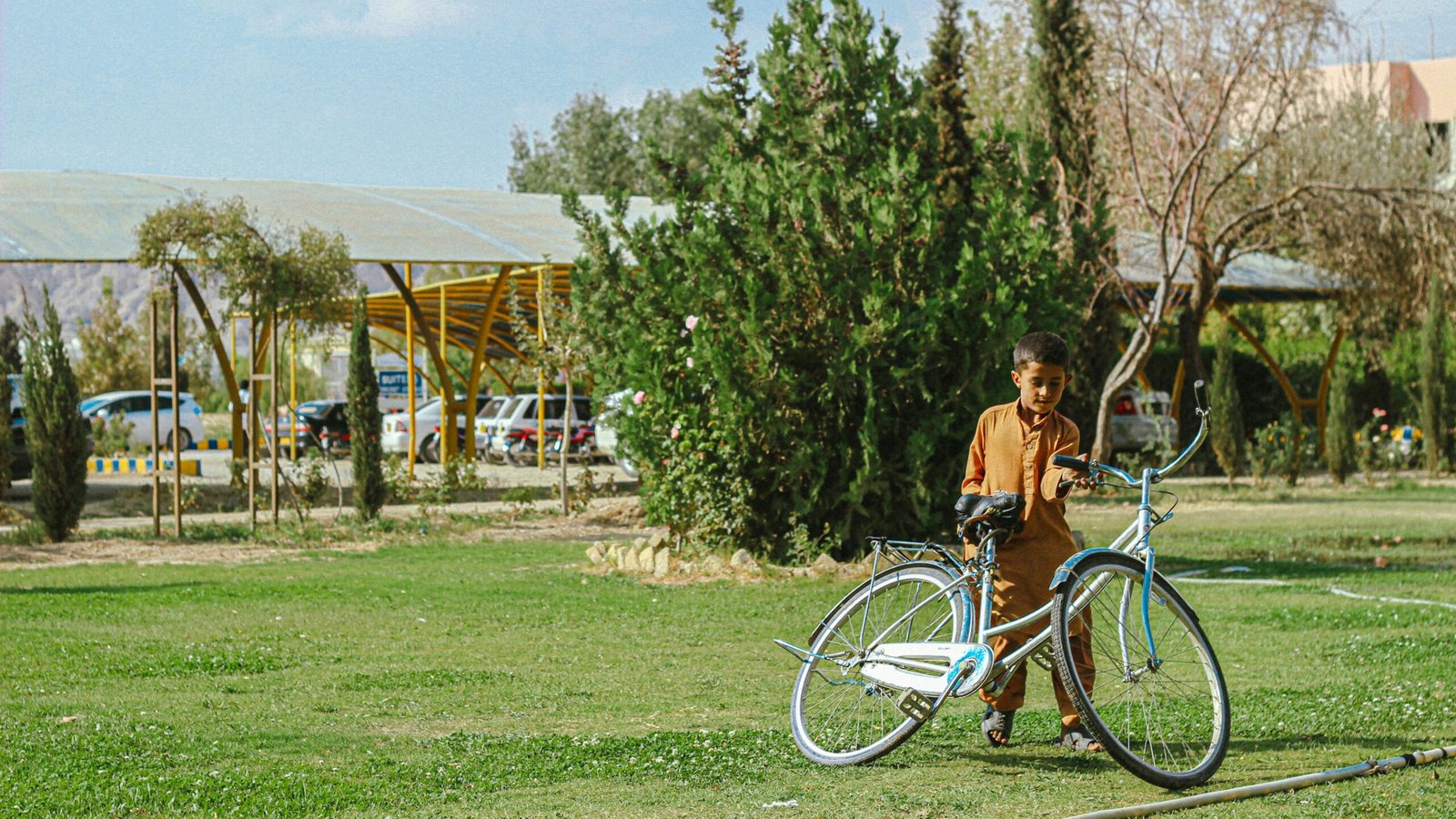The recent inauguration of the polio eradication drive marks a significant milestone in public health efforts, with an ambitious target of administering polio drops to over 4.42 million children under the age of five. This campaign underscores the critical importance of immunization in the fight against polio, a debilitating disease that has long posed a threat to global health. The drive is part of a broader, coordinated effort to eliminate polio worldwide, reflecting ongoing regional and international collaborations.
Historically, polio vaccination campaigns have played a pivotal role in reducing the incidence of polio, with the introduction of the oral polio vaccine (OPV) in the 1960s leading to a dramatic decline in cases. Despite these successes, the battle against polio is far from over. In certain regions, the virus persists, primarily due to gaps in vaccination coverage, political instability, and logistical challenges. This makes the current campaign both timely and vital, as it aims to bridge these gaps and protect vulnerable populations.
The significance of this polio eradication drive extends beyond the immediate goal of immunizing children. It represents a reaffirmation of the global commitment to eradicating polio, aligning with the objectives set by the Global Polio Eradication Initiative (GPEI). The GPEI, a public-private partnership, has been at the forefront of the global effort to eradicate polio since its inception in 1988, contributing to the reduction of polio cases by over 99% worldwide.
In the context of regional efforts, this drive highlights the importance of sustained immunization campaigns and robust health systems. It is a reminder of the collective responsibility to ensure that every child receives the polio vaccine, thereby preventing the resurgence of the disease. As we continue to face challenges such as vaccine hesitancy and logistical barriers, this campaign stands as a testament to the enduring commitment to a polio-free world. The success of this initiative will be a crucial step toward the ultimate goal of global polio eradication, safeguarding future generations from this preventable disease.
The implementation and logistics of the polio eradication drive have been meticulously planned to ensure that over 4.42 million children under five receive the polio vaccine. Health authorities and various organizations have coordinated extensively to streamline the campaign, focusing on efficient vaccine distribution and comprehensive coverage.
To begin with, vaccine distribution methods have been optimized to reach even the most remote and inaccessible regions. This involves the use of cold chain logistics to maintain the vaccine’s efficacy from storage facilities to administration points. Mobile vaccination units have been deployed to cater to areas lacking permanent healthcare infrastructure. These units are equipped with necessary tools and are staffed by trained healthcare professionals who can administer the polio drops effectively.
The involvement of healthcare workers and volunteers is pivotal to the success of the drive. Thousands of healthcare professionals, including doctors, nurses, and community health workers, are engaged in this effort. Additionally, volunteers from various non-governmental organizations (NGOs) and community groups have been mobilized to support the campaign. These individuals have undergone rigorous training to ensure they can efficiently administer the vaccine and provide accurate information to the communities they serve.
Geographically, the campaign targets both urban and rural areas, with a particular focus on regions that have historically shown lower immunization rates. Urban areas benefit from established healthcare facilities, while rural regions are being reached through innovative strategies such as door-to-door vaccination drives. Special attention is given to high-risk areas identified through epidemiological surveillance, ensuring no child is left unvaccinated.
The timeframe of the drive is strategically planned to maximize coverage within a short period. Intensive vaccination efforts are scheduled over a few weeks, with follow-up rounds to ensure no child misses out. This approach helps in quickly building herd immunity and reducing the risk of polio transmission.
Innovative strategies and technologies are also being employed to enhance the campaign’s efficiency. Digital tracking systems are used to monitor vaccine distribution and administration in real-time, ensuring transparency and accountability. Additionally, awareness campaigns leveraging social media and community radio stations are being conducted to educate parents about the importance of polio vaccination and to encourage participation in the drive.
Community Engagement and Awareness
The success of the polio eradication campaign hinges significantly on robust community engagement and heightened public awareness. Local communities play a pivotal role in ensuring the comprehensive administration of polio drops to children under five. To foster an environment of understanding and cooperation, concerted efforts are being made to educate the public about the critical importance of polio vaccination.
Educational initiatives are a cornerstone of these efforts. Through informative sessions, community meetings, and school-based programs, parents and guardians are equipped with crucial knowledge about the dangers of polio and the life-saving benefits of vaccination. These educational endeavors aim to dispel myths and misinformation that often hinder participation. By addressing common misconceptions and providing factual, evidence-based information, the campaign strives to build trust and confidence among the populace.
Collaboration with community leaders and influencers is another essential strategy employed to bolster the campaign. Religious leaders, local officials, and respected community figures are enlisted to advocate for polio vaccination. Their involvement lends credibility and persuasive power, encouraging wider acceptance and participation. These leaders often use their platforms to disseminate key messages, thereby amplifying the reach and impact of the campaign.
Media campaigns and outreach programs serve as additional pillars supporting the polio eradication drive. Television, radio, social media, and print outlets are leveraged to broadcast compelling narratives and testimonials. These media efforts are designed to resonate emotionally and intellectually with diverse audiences, driving home the urgency and necessity of vaccinating children against polio. Informative pamphlets, posters, and flyers are also distributed in local languages to ensure that the message reaches every corner of the community.
Ultimately, the fusion of education, community collaboration, and strategic media use forms a comprehensive approach to community engagement and awareness. This multifaceted strategy is crucial to overcoming barriers and achieving the goal of a polio-free future.
Challenges and Future Prospects
The polio eradication drive faces a multitude of challenges that could potentially hinder its ultimate success. One of the primary obstacles is vaccine resistance. In some communities, misconceptions about the safety and efficacy of the polio vaccine have led to hesitancy and refusal. These misconceptions are often fueled by misinformation and a lack of trust in healthcare systems, making it imperative to implement robust educational campaigns to counteract this resistance and build public confidence.
Logistical hurdles also present significant challenges for the polio eradication drive. The sheer scale of vaccinating over 4.42 million children under five requires meticulous planning and coordination. Ensuring that vaccines are stored and transported under appropriate conditions to maintain their potency is a critical concern. Additionally, reaching remote and hard-to-access areas poses a considerable difficulty, often necessitating innovative solutions such as mobile vaccination units and community-based outreach programs.
Socio-political issues further compound the complexity of polio eradication efforts. In regions plagued by conflict or political instability, the safe and consistent delivery of vaccines can be severely disrupted. Ensuring the security of healthcare workers and volunteers is essential to maintaining uninterrupted vaccination campaigns. Collaboration with local authorities and community leaders is crucial to navigate these socio-political landscapes effectively.
Despite these challenges, the polio eradication drive has the advantage of drawing on extensive experience from past campaigns. Lessons learned from previous initiatives underscore the importance of community engagement, transparent communication, and adaptive strategies tailored to specific contexts. By leveraging these insights, current efforts can be optimized to overcome present obstacles more effectively.
Looking towards the future, the long-term goal of achieving a polio-free world remains within reach. Continued investment in healthcare infrastructure, persistent public education efforts, and international collaboration are key steps needed to sustain progress. By addressing the multifaceted challenges head-on and applying the lessons from past experiences, the polio eradication drive stands a strong chance of success, ultimately paving the way for a healthier, polio-free future.

